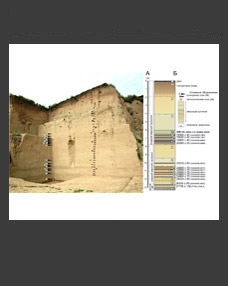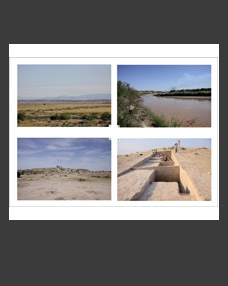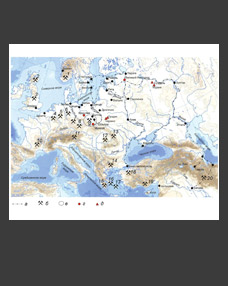Mikhail V. Shunkov* and Maksim B. Kozlikin**
Institute of Archaeology and Ethnography SB RAS, Novosibirsk, Russia
*E-mail: shunkov77@gmail.com
**E-mail: kmb777@yandex.ru
Keywords: Altai, Pleistocene, Palaeolithic, palaeoanthropology, palaeogenetics, genus Homo, Denisovans, Neanderthals.
The article discusses anthropological finds and palaeogenetic data from the Denisova, Chagyrskaya, and Okladnikov caves in Altai obtained during interdisciplinary studies of these sites. The paper presents the results of morphological analysis and genomic studies of teeth and postcranial skeletal fragments of Denisovans, representatives of a previously unknown hominin population, who were first identified based on the sequencing of ancient DNA from bone samples from the Denisova Cave, as well as Neanderthals found in Altai caves. It is shown that gene exchange between ancient populations was much more widespread than previously was thought, and the Altai territory was part of a hybridization zone in relatively stable natural conditions throughout several warm and cold periods of the Pleistocene.
DOI: 10.31857/S0869606324040011, EDN: KJMYZG







